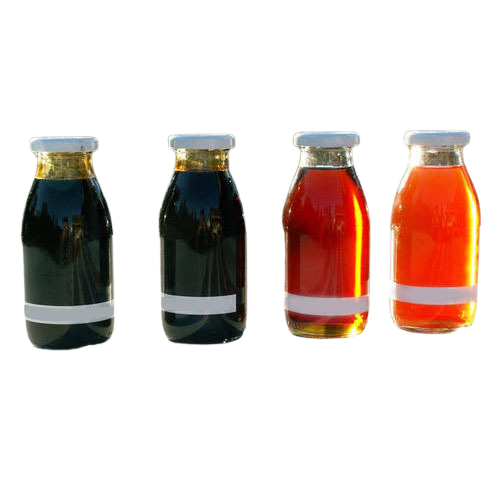Within the landscape of sustainable energy generation, slow pyrolysis emerges as a pivotal technique, essential for unlocking the latent potential of biomass, culminating in the production of pyrolysis oil. This method unfurls akin to a meticulously choreographed performance, seamlessly blending heat, duration, and precise conditions to transmute organic matter into a diverse array of valuable products.
What is Slow Pyrolysis?
Slow pyrolysis is a nuanced, thermal decomposition process where organic materials, such as wood chips, agricultural residues, or other biomass, undergo transformation in the absence of oxygen. This absence of oxygen, a state known as anaerobic, is a pivotal distinction from faster pyrolysis methods. The organic matter is subjected to moderate temperatures—typically around 450°C to 600°C—over a relatively extended period, varying from hours to days.
The magic of slow pyrolysis lies in its deliberate pace. As the biomass gradually heats, it doesn’t burst into flames; instead, it begins to thermally decompose. This slow and steady process minimizes the thermal shock to the material, allowing it to break down into various components while preserving the chemical structure.

Intricacies of the Pyrolysis Plant
At the heart of this transformation lies the pyrolysis plant. This specialized facility orchestrates the conditions for slow pyrolysis. It’s equipped with a chamber or reactor where the organic material is carefully heated in an oxygen-starved environment. The absence of oxygen prevents the biomass from combusting and instead initiates a thermochemical process leading to the creation of three primary products: biochar, syngas, and the coveted pyrolysis oil.
The pyrolysis oil, a dark, viscous liquid, is the jewel in the crown of slow pyrolysis. This oil contains a diverse array of compounds derived from the original biomass. It has multifaceted applications in industries ranging from energy production to chemical manufacturing.
Unveiling the Products of Slow Pyrolysis
Pyrolysis oil is a versatile resource, finding its place in numerous industrial applications. Its composition, enriched with organic compounds, makes it a sought-after commodity. From serving as a feedstock for biofuels to being a fundamental ingredient in the production of various chemicals, its potential is vast and varied.
In parallel, the byproducts of batch/continuous pyrolysis plant play equally crucial roles. Biochar, a carbon-rich residue, finds utility in agriculture as a soil conditioner, enhancing fertility and retaining moisture. On the other hand, syngas, a gaseous mixture of carbon monoxide, hydrogen, and carbon dioxide, can be utilized as a source of renewable energy.

Positive Environmental Impact
The beauty of slow pyrolysis extends beyond its economic potential. Its eco-friendly nature is a champion in the fight against climate change. By converting organic waste into valuable resources, tyre pyrolysis plant not only reduces the burden on landfills but also mitigates greenhouse gas emissions. The production of biochar aids in carbon sequestration by locking carbon into the soil, contributing to long-term carbon storage.
Future of Slow Pyrolysis
As sustainability takes center stage in global conversations, slow pyrolysis emerges as a pivotal player in the quest for renewable and eco-friendly practices. The continuous advancements in technology and research further refine and optimize the process, opening doors to new possibilities and applications.
In conclusion, the deliberate, unhurried pace of slow pyrolysis not only yields valuable resources but also paints a picture of a greener, more sustainable future. It’s a process that encapsulates the essence of transformation, turning organic matter into a plethora of invaluable outputs, paving the way for a more environmentally conscious world. See more details in BESTON GROUP CO., LTD.